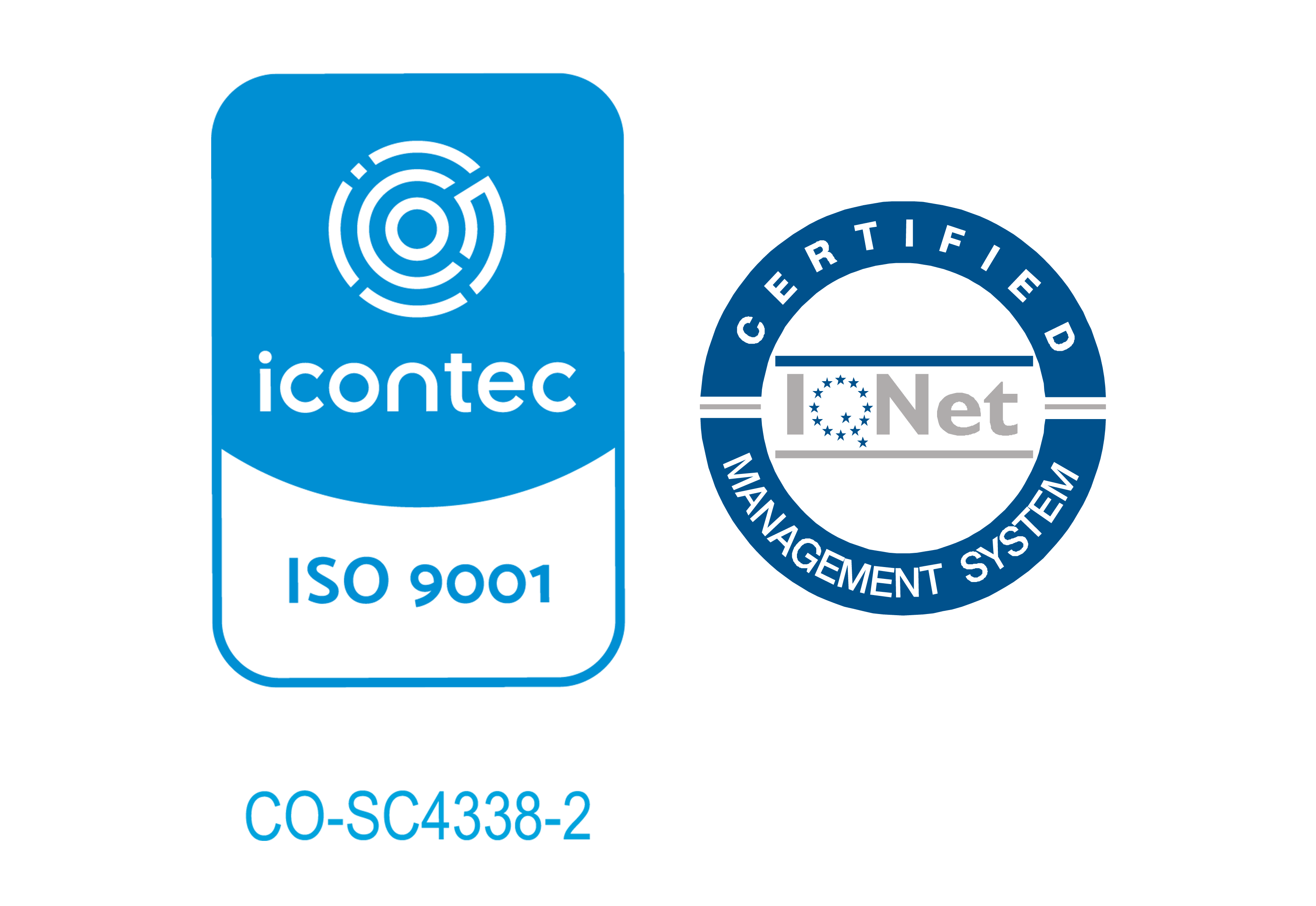Front Cover; Genetics and Evolution of Infectious Diseases; Genetics and Evolutionof Infectious Diseases; Copyright; Contents; List of Contributors; 1 -- Recent Developments in the Definition and Official Names of Virus Speciesℓ́ℓ; 1. Introduction; 2. The Logic of Hierarchical Virus Classification; 3. Bionominalism: Are Species Classes or Individuals?; 4. The Virus Species Problem; 5. Properties Used for Defining Virus Species and Identifying Individual Viruses; 6. A Virus Species Cannot Be Defined Solely by the Properties of Viral Genomes; 7. The New ICTV Definition of Virus Species
1.1.2 Basidiomycetes: The Pathogenic Cryptococcus Species Complex1.1.3 Globally Emerging Fungal Infections in Wildlife Species; 2. New and Emerging Mycoses; 2.1 Evolution and Emergence of Pathogenic Cryptococcus gattii Genotypes in the Pacific Northwest; 2.1.1 The Global Emergence of the Amphibian Pathogen Batrachochytrium dendrobatidis; 2.2 Origin of Human Pathogens: Cryptococcus and Candida From Saprobes Associated With Insects; 3. Plant Pathogenic Fungi; 4. New and Emerging Plant Diseases; 5. Modern Molecular Epidemiological Tools for Investigating Fungal Diseases
3. Evolutionary Processes Shape Intra- and Interhost Bacterial Population Structure3.1 Intrahost Evolution: A Snapshot of Larger-Scale Population Dynamics; 3.2 Interhost Evolution and Population Structure; 4. Genomic Analysis Tools for Studying Bacterial Population Structure; 5. Conclusions; References; 4 -- Epidemiology and Evolution of Fungal Pathogens in Plants and Animals; 1. Introduction; 1.1 Major Human and Animal Pathogenic Fungi; 1.1.1 Ascomycetes: The Candida Species Complex, Aspergillus fumigatus, Pneumocystis, the Dimorphic Fungi, and Others
7.1 Recurrent Niche Invasion Model7.2 Cohesive Recombination Model; 7.3 Geotype Plus Boeing Model; 8. Are Bacterial Ecotypes Cohesive?; 9. Incorporating Ecology Into Bacterial Systematics; Acknowledgments; References; 3 -- Population Structure of Pathogenic Bacteria; 1. Introduction; 2. Recombination in Bacterial Populations; 2.1 Emergence and Persistence of Sequence Clusters; 2.2 Heterogeneity in Recombination; 2.3 The Structure of the Pan-Genome of Species and Populations; 2.4 Gene Flow Across Species Boundaries
8. Non-Latinized Binomial Names for Virus Species9. Discussion; References; 2 -- A Theory-Based Pragmatism for Discovering and Classifying Newly Divergent Species of Bacterial Pathogens; 1. Introduction; 2. Ecological Breadth of Recognized Species; 3. The Stable Ecotype Model of Bacterial Speciation; 4. Demarcating Putative Ecotypes From Sequence Data; 5. Ecological Diversity Within Putative Ecotypes; 6. Models of Frequent Speciation; 6.1 Speedy Speciation Model; 6.2 Species-Less Model; 6.3 Nano-Niche Model; 7. Other Models Where Ecotypes Are Not Discernible as Sequence Clusters
Texto en inglés

Escuela de administración
Facultad de Jurisprudencia
Facultad de Ciencias
Escuela de Ciencias
Escuela de Medicina
Facultad de Economía
Facultad de Estudios
Facultad de Creación
Escuela de Ingeniería,
Otras Ofertas
 Historia y símbolos
Historia y símbolos
 Enfoque estratégico
Enfoque estratégico
 Gobierno universitario
Gobierno universitario
 Playbok - Nuestros pilares de transformación
Playbok - Nuestros pilares de transformación
 Protocolo de seguridad
Protocolo de seguridad
 Archivo histórico
Archivo histórico
 Portafolio de becas, descuentos y apoyo financiero
Portafolio de becas, descuentos y apoyo financiero
 Casa UR
Casa UR






 Proyección social
Proyección social Filantropía
Filantropía Hagámoslo posible
Hagámoslo posible

 Libro
Libro







